Optimal Timing for Foundation Repairs
Foundation repairs are most effectively performed during specific times of the year when soil conditions and weather patterns are favorable. Proper timing can help ensure the longevity and stability of repairs, reducing the risk of future issues. Understanding seasonal factors and climate considerations is essential for scheduling foundation work appropriately.
Spring and fall are generally considered ideal seasons for foundation repairs due to moderate temperatures and stable soil conditions.
Avoiding extreme heat or cold can prevent complications during repair processes, making mild weather months preferable.
Timing repairs when soil moisture is balanced helps prevent shifting or settling, which can impact foundation stability.
Planning repairs during periods of low rainfall minimizes delays and reduces the risk of water-related issues.
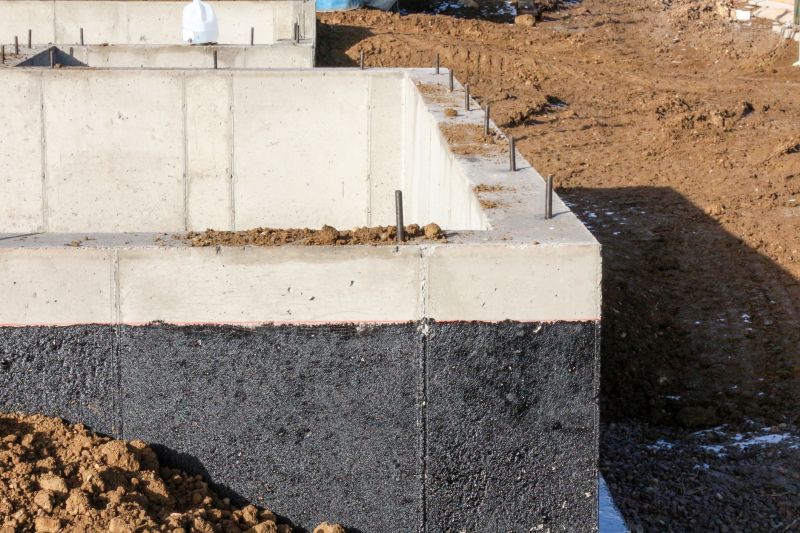
Spring offers moderate weather and soil conditions ideal for foundation work.

Fall provides cooler temperatures and stable soil moisture for effective repairs.
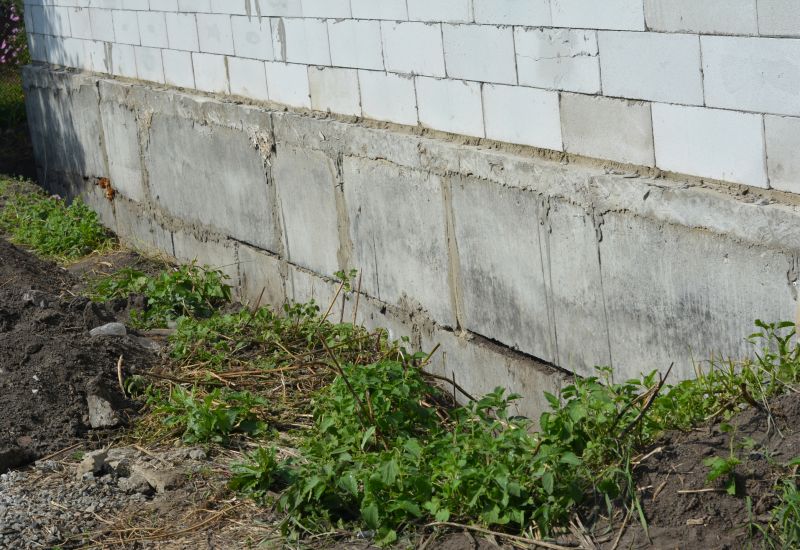
Monitoring soil moisture helps determine the best timing for foundation stabilization.

Ways to make Foundation Repairs work in tight or awkward layouts.
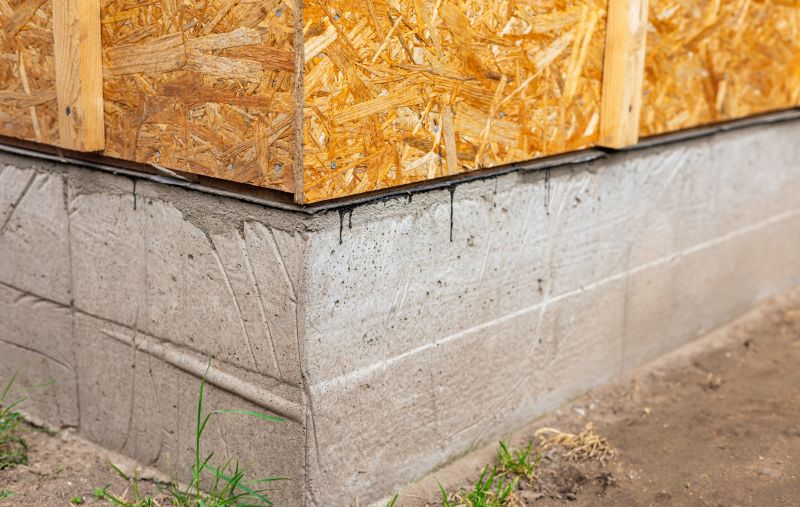
Popular materials for Foundation Repairs and why they hold up over time.
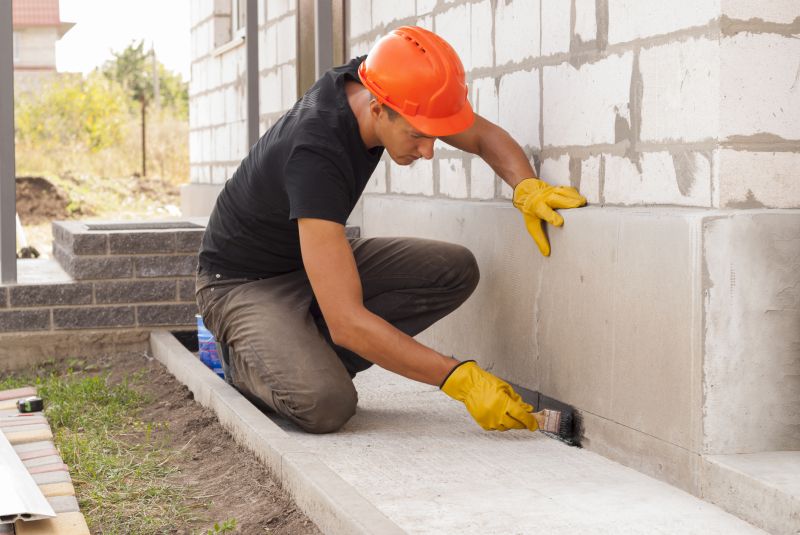
Simple add-ons that improve Foundation Repairs without blowing the budget.
| Season | Ideal Conditions |
|---|---|
| Spring | Moderate temperatures, stable soil moisture, low rainfall |
| Summer | High temperatures, potential for drought, risk of soil shrinking |
| Fall | Cooler temperatures, moist soil, low precipitation |
| Winter | Cold temperatures, frozen ground, limited repair options |
Foundation repairs involve addressing issues such as settling, cracking, and shifting that can compromise the structural integrity of a building. These repairs often include underpinning, piering, and stabilization techniques designed to restore stability. Proper timing of repairs can significantly influence the success and durability of the work, making seasonal considerations vital for homeowners and contractors alike.
Statistics indicate that scheduling foundation repairs during optimal seasons can reduce the likelihood of rework by up to 30 percent. Additionally, performing repairs when soil conditions are stable minimizes the risk of future movement, which is crucial in regions with variable weather patterns like Little Elm, TX. Understanding these factors can lead to more effective and long-lasting foundation solutions.
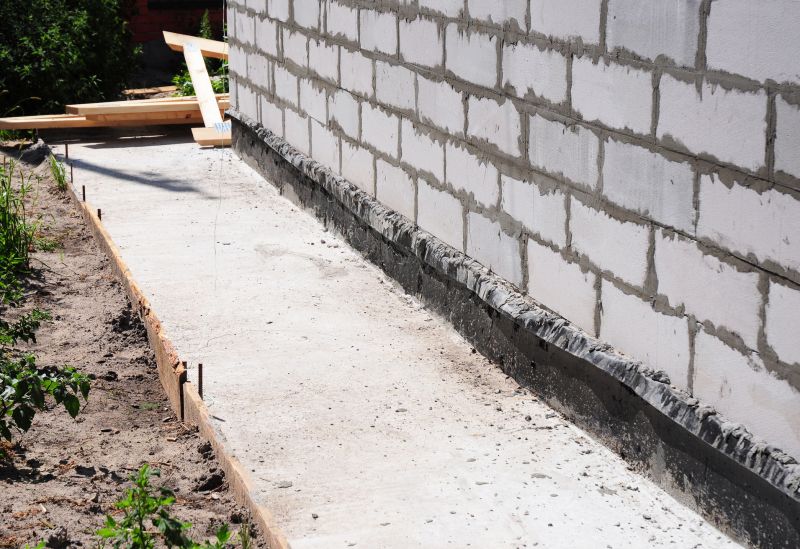
Visual overview of foundation stabilization techniques.
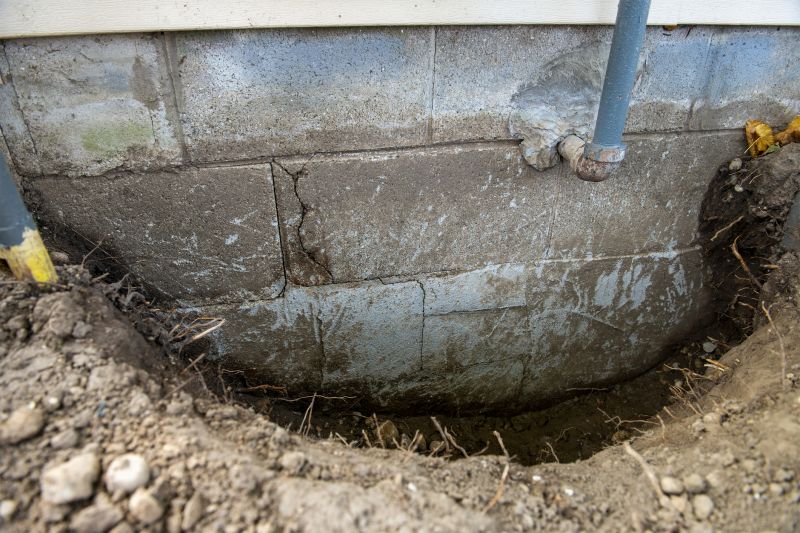
Common signs indicating the need for repairs.
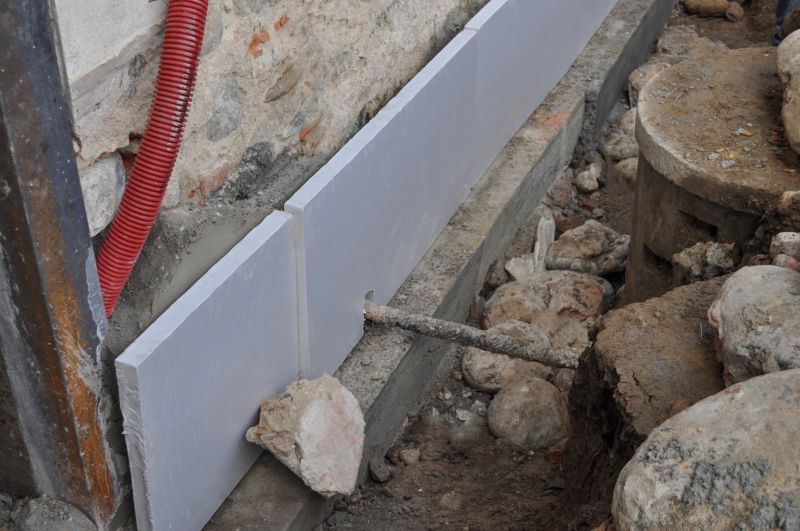
Techniques used to reinforce foundations.
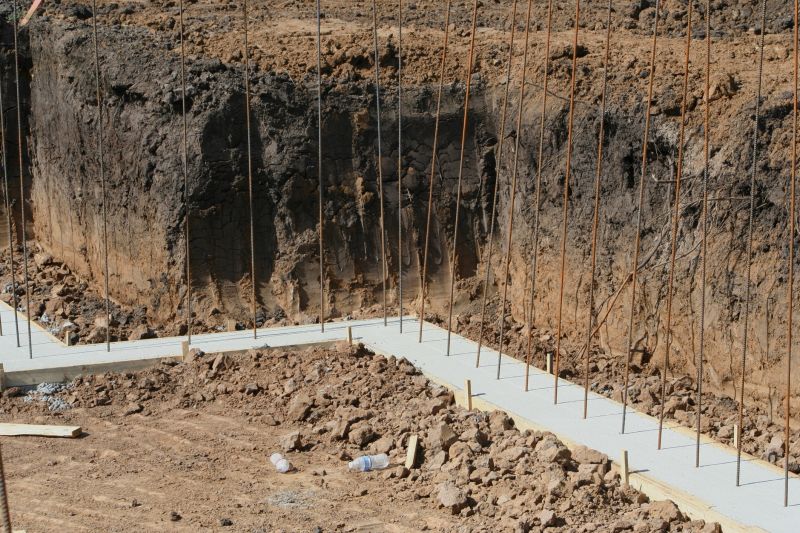
Methods to improve soil conditions before repairs.
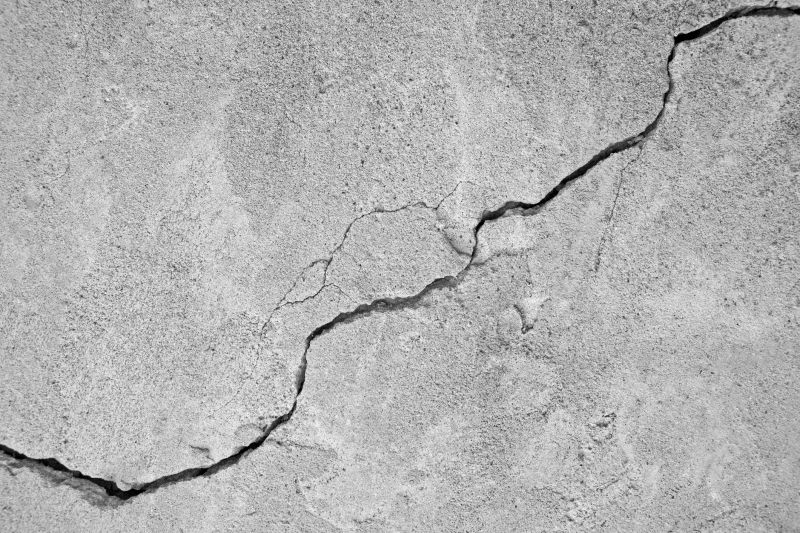
High-end options that actually feel worth it for Foundation Repairs.
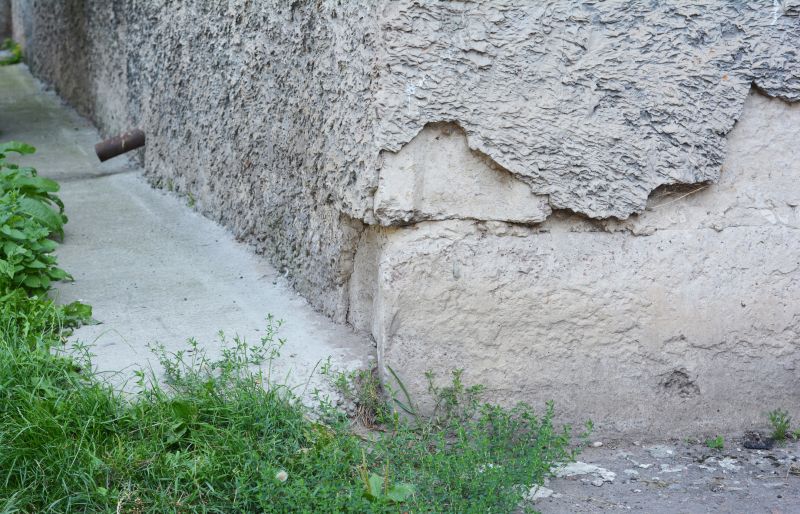
Finishes and colors that play nicely with Foundation Repairs.
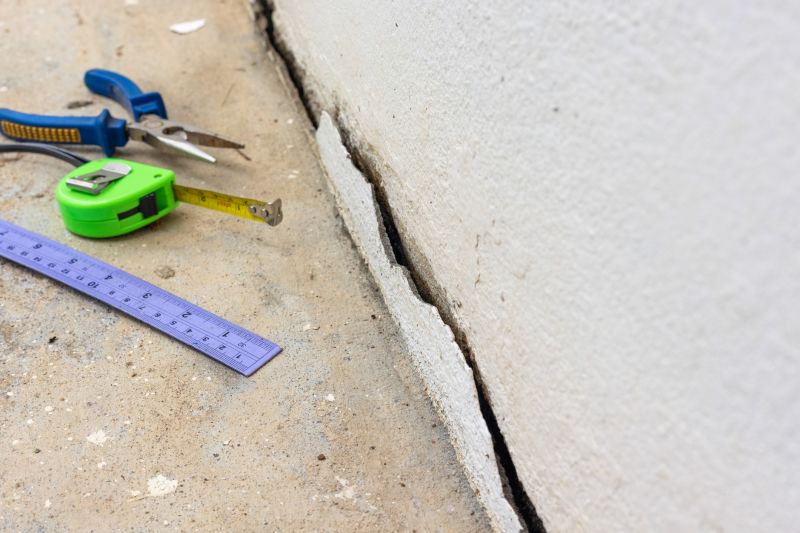
Little measurements that prevent headaches on Foundation Repairs day.
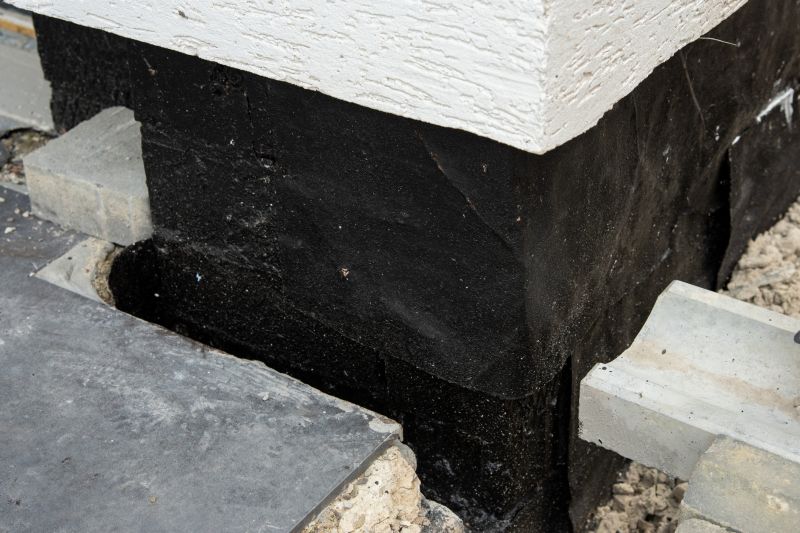
A 60-second routine that keeps Foundation Repairs looking new.
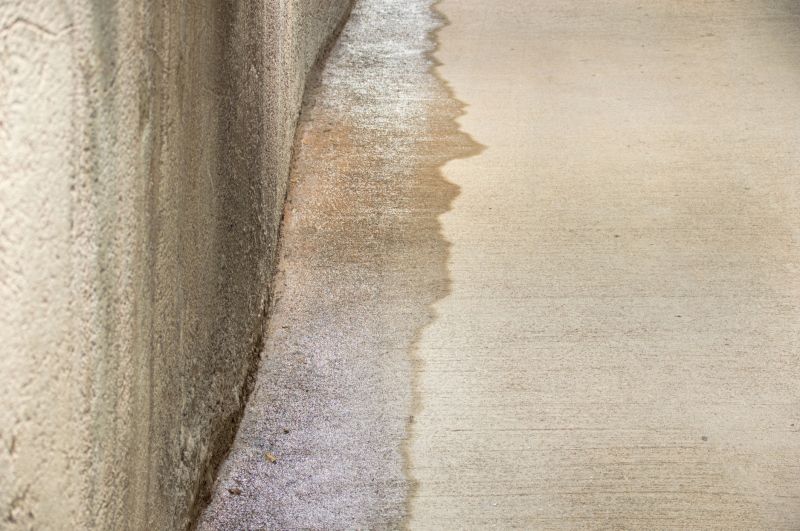
A frequent mistake in Foundation Repairs and how to dodge it.

Small tweaks to make Foundation Repairs safer and easier to use.
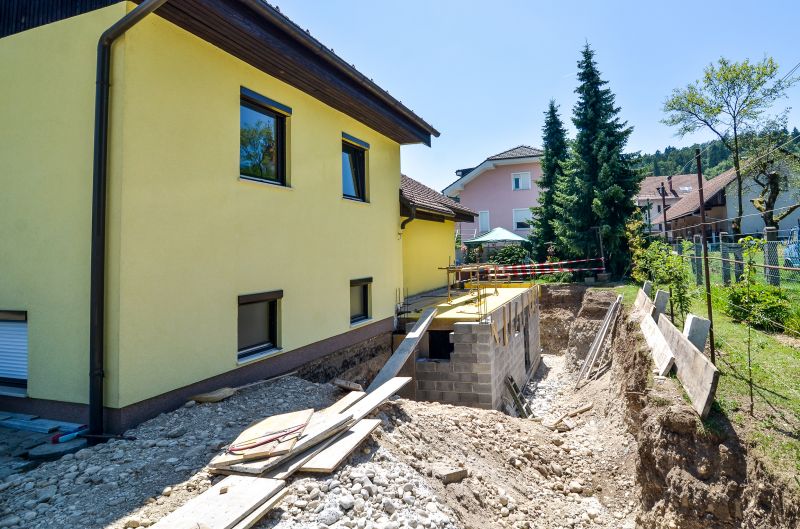
Lower-waste or water-saving choices for Foundation Repairs.

The short, realistic tool list for quality Foundation Repairs.
Interested in foundation repairs? Filling out the contact form provides an opportunity to discuss options tailored to specific needs and timing considerations. Proper scheduling and execution can help ensure the stability and safety of a property over the long term.
